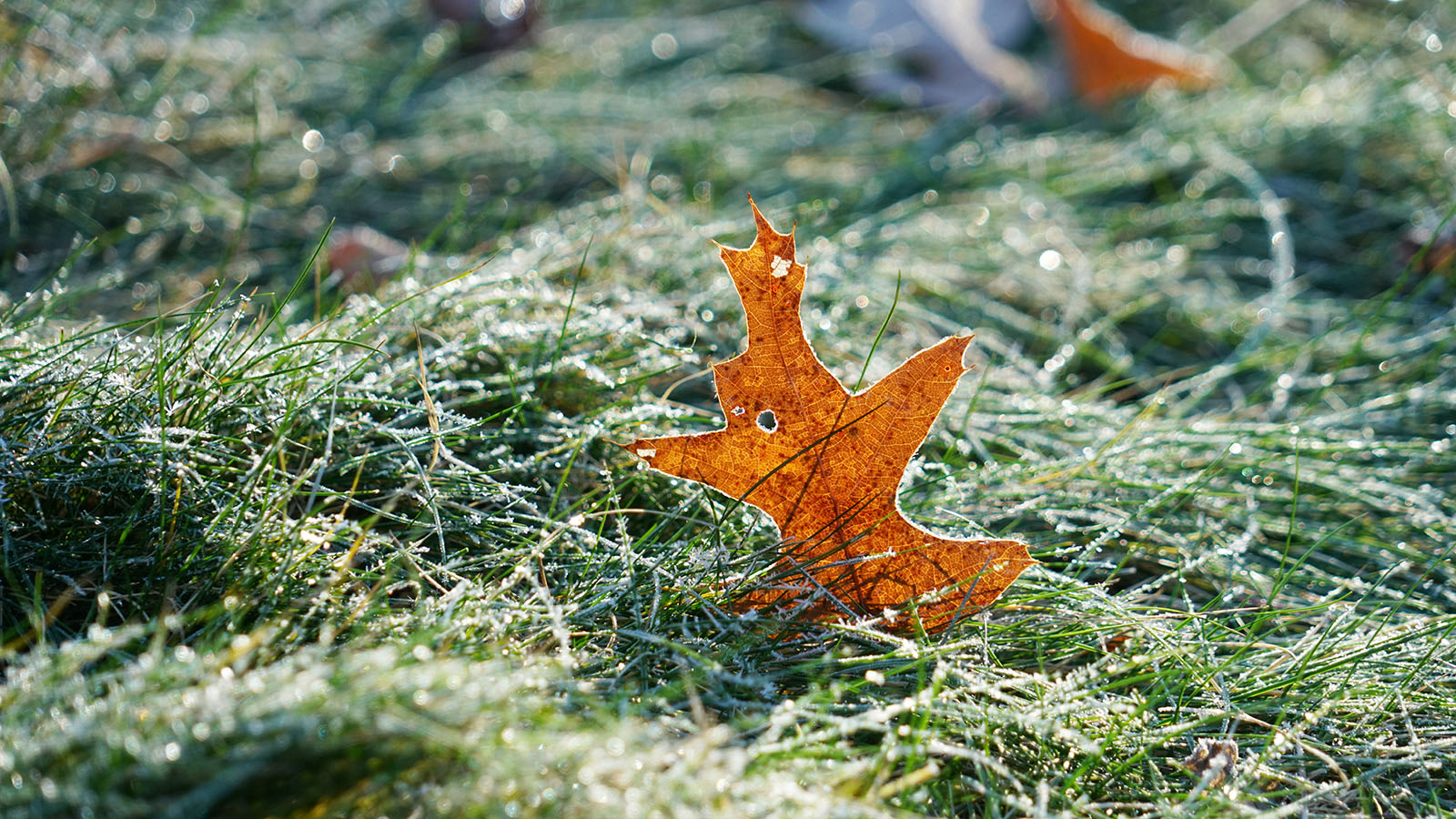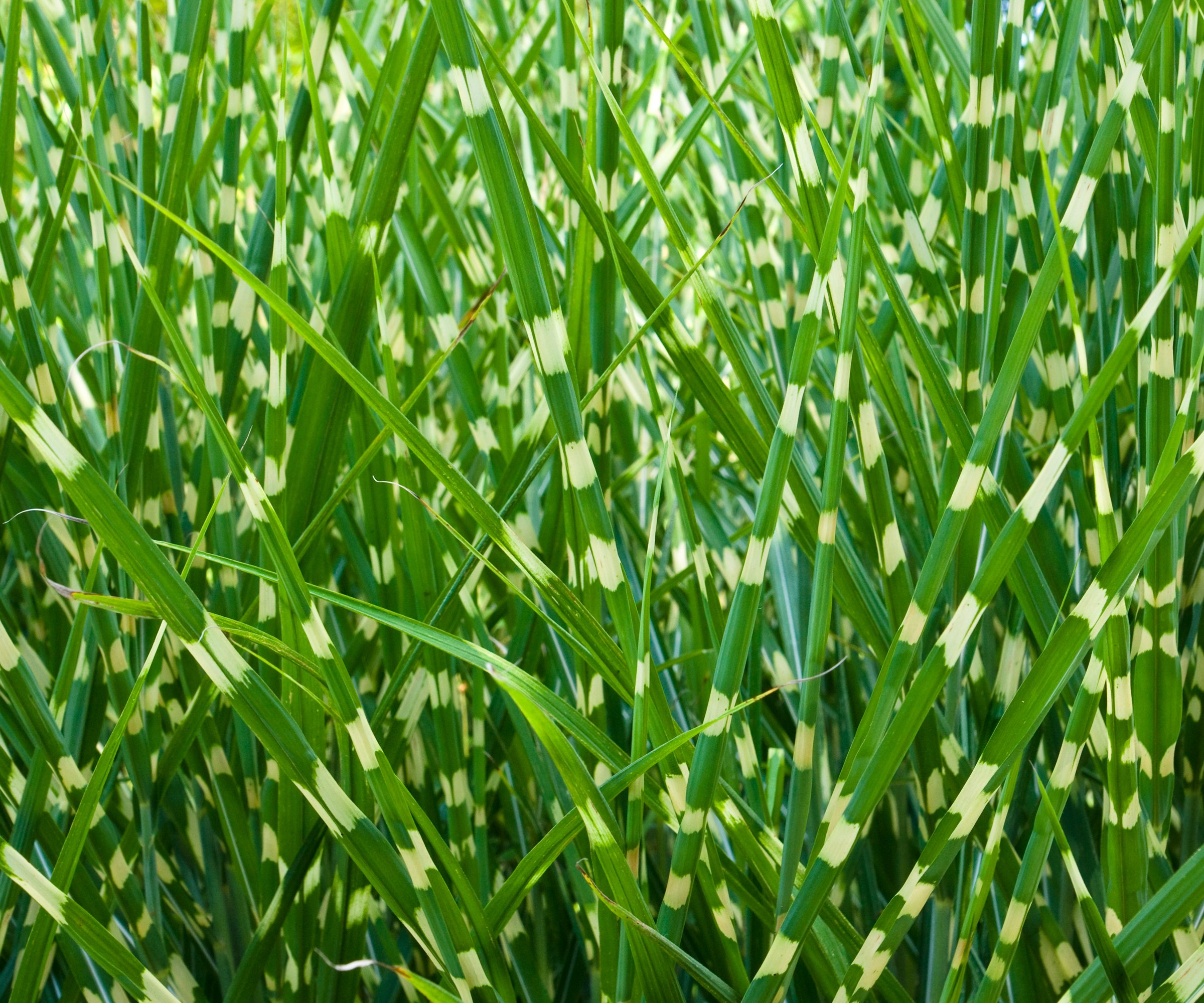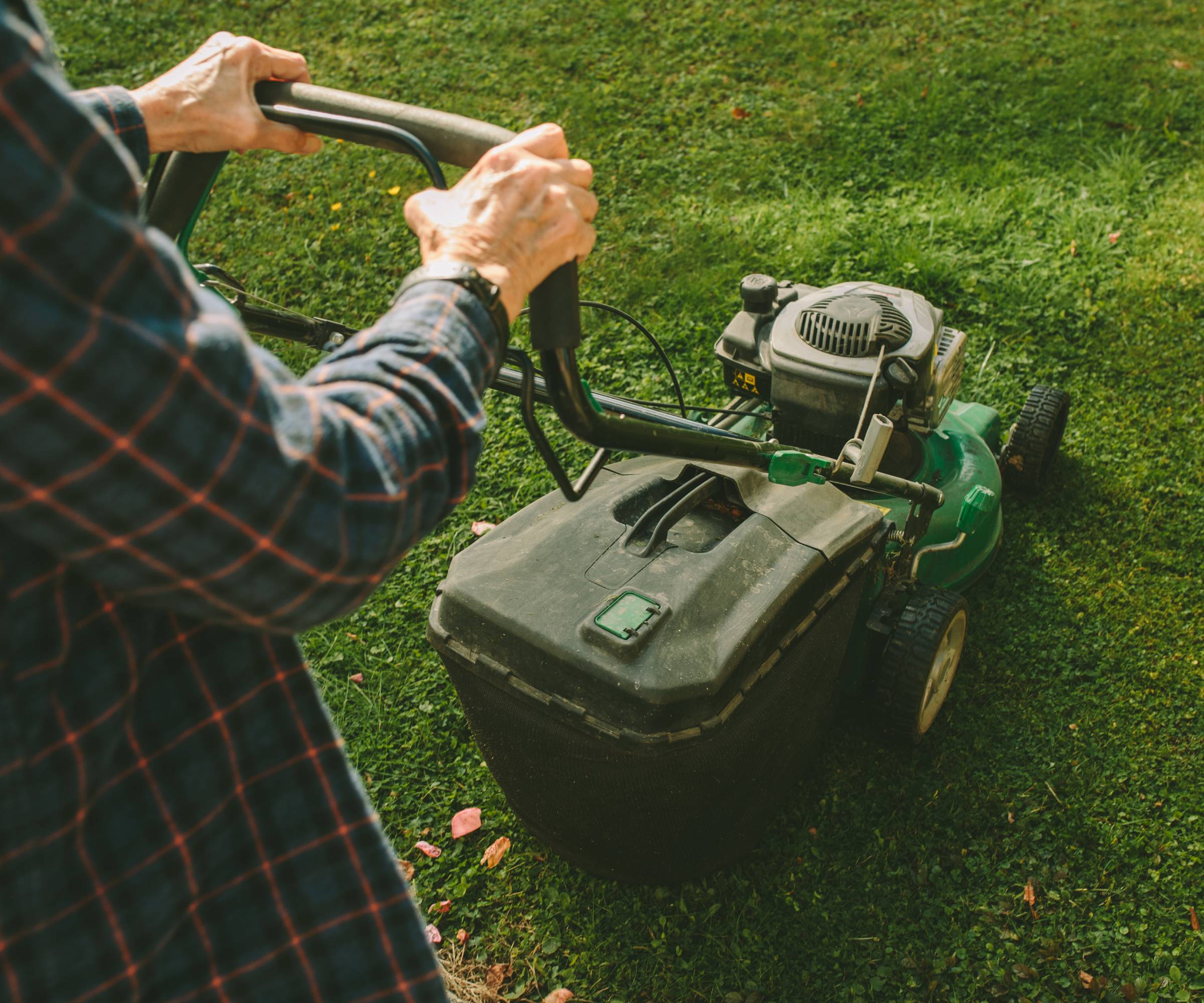This Golden Rule Tells You When to Stop Mowing Your Lawn for Winter
Not sure when to stop mowing your lawn for winter? It's easy with our golden rule...


There’s no shortage of conflicting gardening advice online – especially around when to stop mowing your lawn for winter. Some say it’s best to put the mower away in September, while others insist on one final “short cut” before winter. Ask turf specialists, though, and there’s really only one golden rule that matters: Stop mowing when the grass stops growing.
You heard it here first, folks: instead of following dates, we should be focusing on growth activity, because as long as our lawn is still actively putting on height? Then, we need to make sure that the occasional trim is pencilled into our lawn care calendars.
Once all growth stops, though, so too should all lawn mowing equipment – not least of all because it is always better to have the grass too long over the winter months than too short. With that in mind, then, here’s how to tell when it’s truly time to park the mower for the season.
When Does Grass Stop Growing?
At a first glance, it seems as if the golden rule that tells you when to stop mowing your lawn for winter has an impossibly simple answer: whenever the grass stops growing. But… well, but when exactly is that?
We know that grass growth slows as temperatures cool. As per their USDA Hardiness Zones, our country’s lawns fall into one of two categories: cool-season grasses, which usually sit in Northern and Midwest states, and warm-season grasses.

As a general guideline, the former usually stop growing around late October to November. Warm-season lawns tend to stop earlier; think late September through October – although the weather matters (great news for anyone who loves talking about it!).
A warm fall? You may need to keep mowing into mid-November. An early frost? Growth may very well stall just a few weeks sooner than expected. Which means that it's important you're not just relying on forecasts.
Sign up for the Gardening Know How newsletter today and receive a free copy of our e-book "How to Grow Delicious Tomatoes".
How to Know If Your Lawn Is Still Growing
If you want to use the golden rule that tells you when to stop mowing your lawn for winter, you don't need to set up a complex calendar based on weather forecasts and frost predictions (unless you want to).
Instead, you can skip the guesswork and use something like Amazon's Gardening Grass Gauge to perform this simple check:
- If your grass grows more than ½ inch in a week, it still needs mowing.
- If it stays the same height week to week, it’s done for the season.
Easy, right? That being said, remember that mowing during a cold snap or when the lawn is frosty or wet can damage blades and compact the soil, leading to bare patches come spring.
If the grass is frozen, soggy, or brittle, then, skip the mow. No matter how long your grass is.
The Dangers of Going Too Short
It's all well and good knowing the golden rule that tells you when to stop mowing your lawn for winter, but it's just as important you know how high to set the blades on your lawn mower.
Yes, whether you have a manual push model, or something more powerful, your final mow is important. Cut too short and grass becomes vulnerable to frost damage. Leave it too long and grass can mat down, creating risks like snow mold and root damage.
Generally, experts say it's best, then, to take cool-season grass down to 2.5–3 inches. Warm-season grass, on the other hand, might be better at 1.5–2 inches. And don't forget to leave a small patch a little longer, for overwintering pollinators and beneficial insects to bed down in.

Before we finish up, let's repeat the golden rule that tells you when to stop mowing your lawn for winter: don’t stop mowing because it’s October, stop mowing because your lawn tells you to.
Watch the grass, then, and check the growth. Make one final tidy pass at the right height. After that, give your mower a clean, sharpen the blades, and store it away until spring.
Your lawn will thank you with a greener, stronger comeback. And we're sure you'll appreciate a bit of a break from mowing duties, too; grab yourself a mug of mulled cider, pop your feet up, and relax until springtime rolls back around...

Kayleigh is an enthusiastic (sometimes too enthusiastic!) gardener and has worked in media for over a decade. She previously served as digital editor at Stylist magazine, and has written extensively for Ideal Home, Woman & Home, Homes & Gardens, and a handful of other titles. Kayleigh is passionate about wildlife-friendly gardening, and recently cancelled her weekend plans to build a mini pond when her toddler found a frog living in their water barrel. As such, her garden – designed around the stunning magnolia tree at its centre – is filled to the brim with pollinator-friendly blooms, homemade bird feeders, and old logs for insects to nest in.